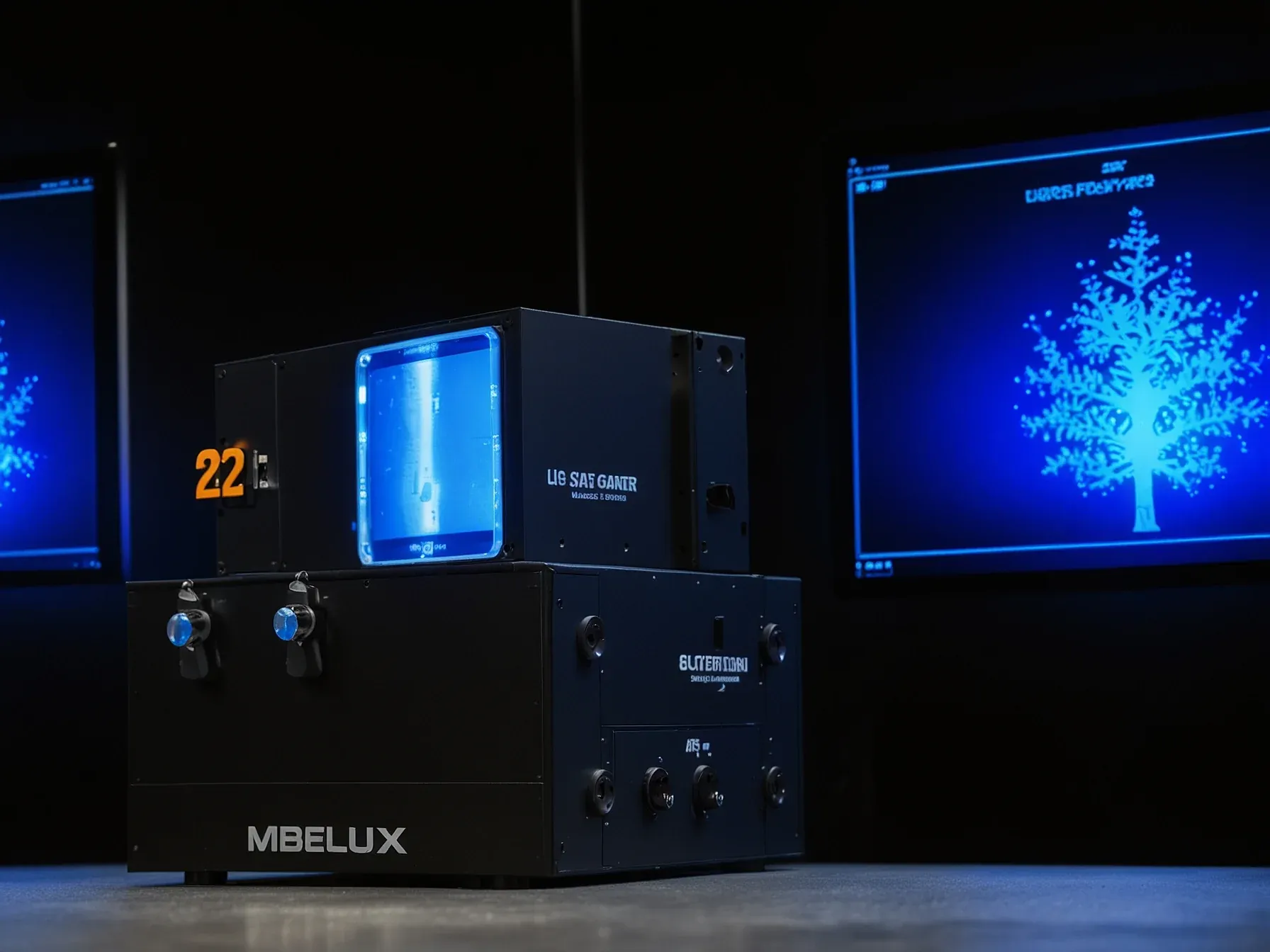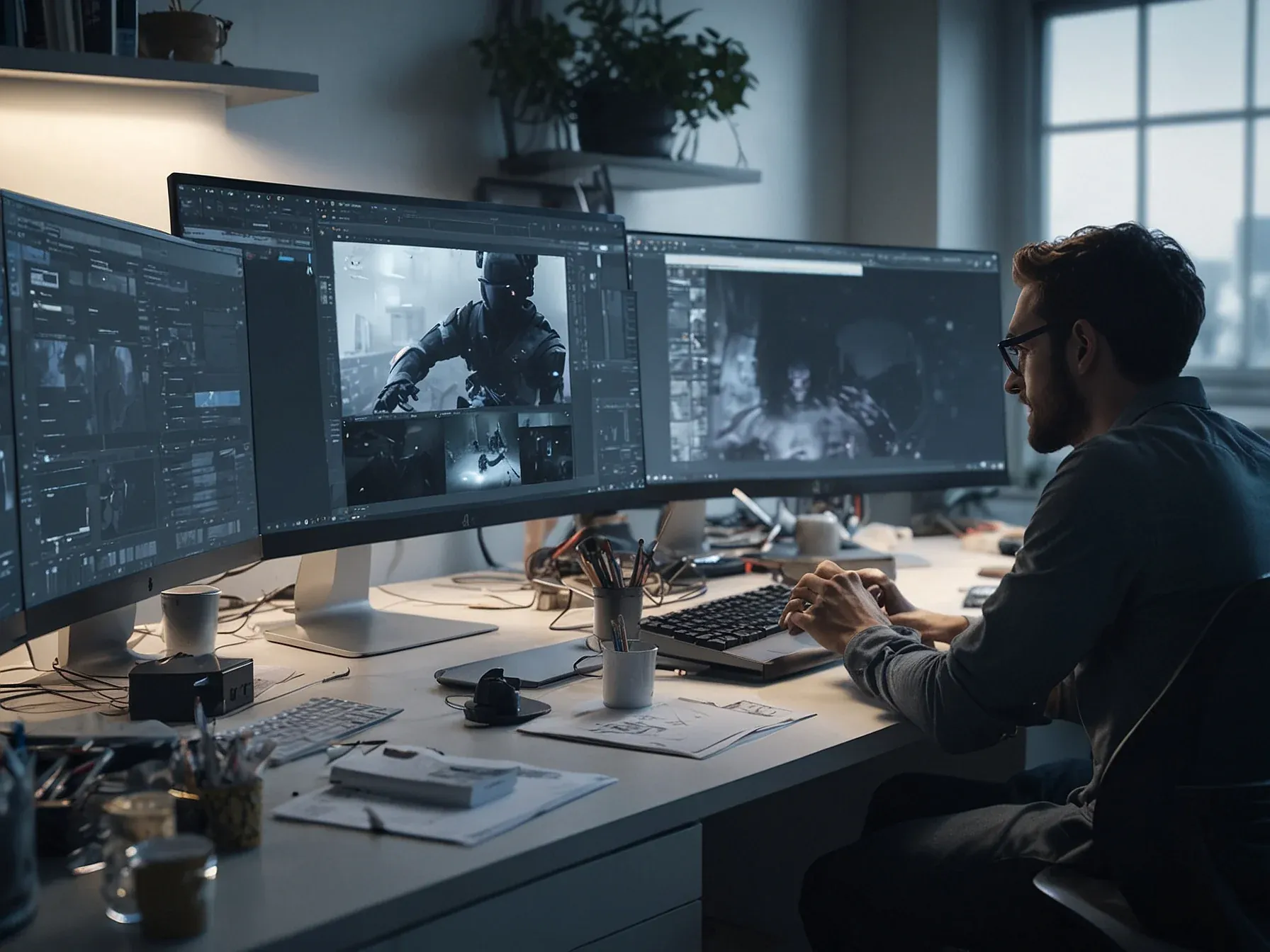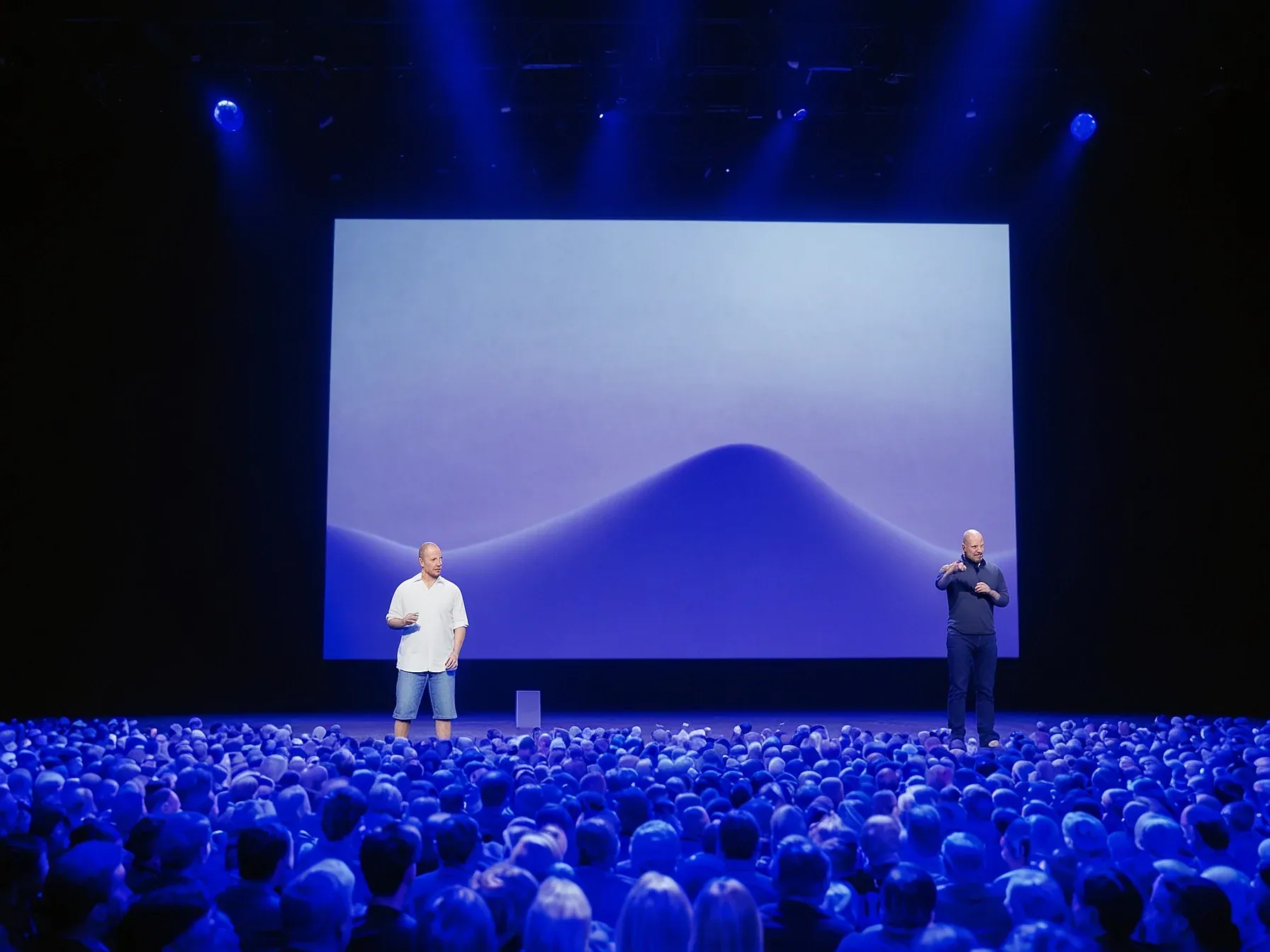
Black Forest Labs releases Flux 2 with Mistral‑3 24B vision‑language model
Black Forest Labs just put its latest model on the market, and the timing feels intentional. The company announced Flux 2 alongside a “multi‑reference” feature that promises tighter integration of text and visual cues. While the buzz often centers on raw parameter counts, the real question is how the pieces fit together.
Here’s the thing: Flux 2 isn’t a single monolith; it’s built from two distinct modules that speak to different aspects of generation. One handles the semantics of what you see and say, the other stitches those elements into a coherent layout. That split design aims to keep detail—shapes, materials, spatial relationships—intact, something earlier models have struggled with.
For developers eyeing more reliable image‑text pipelines, the architecture could matter more than the headline numbers. The upcoming quote explains exactly how the two parts interact, and why the hybrid approach matters for practical applications.
Hybrid architecture with Mistral vision language model Flux 2 combines two core components. A vision-language model, "Mistral-3 24B," interprets both text and image inputs, while a second module ("Rectified Flow Transformer") handles the logical layout and ensures that details like shapes and materials appear correctly. Flux 2 also uses a VAE image encoder to store and restore images efficiently without losing quality.
These systems work together to let the model create new content or edit existing images. Four models for different users The Flux 2 family includes four main versions, each tuned for different performance needs and levels of control: - Flux 2 [pro]: The highest-quality model, intended to match leading closed-source systems. It is available through the BFL Playground, the BFL API, and launch partners.
- Flux 2 [flex]: Designed for developers who want to adjust parameters like step count or guidance scale to trade speed for quality. It is also available through the Playground and API. - Flux 2 [dev]: A 32-billion-parameter model released with open weights.
Can a single model truly master both vision and language? Black Forest Labs thinks so, unveiling Flux 2, a family of image generators that claim four‑megapixel output and the ability to ingest up to ten reference images simultaneously. The hybrid design pairs Mistral‑3 24B, a vision‑language model that reads text and pictures, with a Rectified Flow Transformer that arranges composition and preserves shapes and material cues.
Users may choose a lightweight API endpoint or download fully open weights, giving developers flexibility across deployment scenarios. Open‑weight release could spur community experimentation, yet the extent of external contributions remains uncertain. Yet, the practical impact of the multi‑reference system remains unclear; benchmarks or user studies have not been disclosed.
The company emphasizes high‑resolution fidelity, but whether the architecture scales consistently across diverse subjects is still to be demonstrated. Strong resolution focus. In short, Flux 2 adds notable features to Black Forest Labs’ portfolio, though its real‑world performance and adoption will need further validation.
Further Reading
- Black Forest Labs launches Flux 2 with a new multi-reference feature - The Decoder
- FLUX.2: Frontier Visual Intelligence | Black Forest Labs - Black Forest Labs
- Flux Pro AI Review 2025: Speed, Image Quality, Pricing & Best Uses - Skywork.ai
Common Questions Answered
What are the two core components of Flux 2 and how do they work together?
Flux 2 combines the Mistral‑3 24B vision‑language model, which interprets both text and image inputs, with a Rectified Flow Transformer that manages logical layout and ensures accurate shapes and material cues. Together they enable the system to generate coherent images while preserving detailed visual semantics.
How does the "multi‑reference" feature of Flux 2 enhance image generation?
The multi‑reference feature allows Flux 2 to ingest up to ten reference images simultaneously, providing richer visual context for the model. This capability helps the model produce more consistent and detailed outputs, especially when replicating complex compositions.
What role does the VAE image encoder play in Flux 2's architecture?
The VAE image encoder stores and restores images efficiently, compressing visual data without sacrificing quality. By integrating this encoder, Flux 2 can maintain high-fidelity outputs while managing the computational load of large image generation tasks.
What resolution does Flux 2 claim to achieve, and why is this significant?
Flux 2 claims to generate images at four‑megapixel resolution, which is notable for a model that also processes multiple reference images and complex textual prompts. This high resolution demonstrates the effectiveness of its hybrid architecture in delivering detailed, large‑scale visuals.




